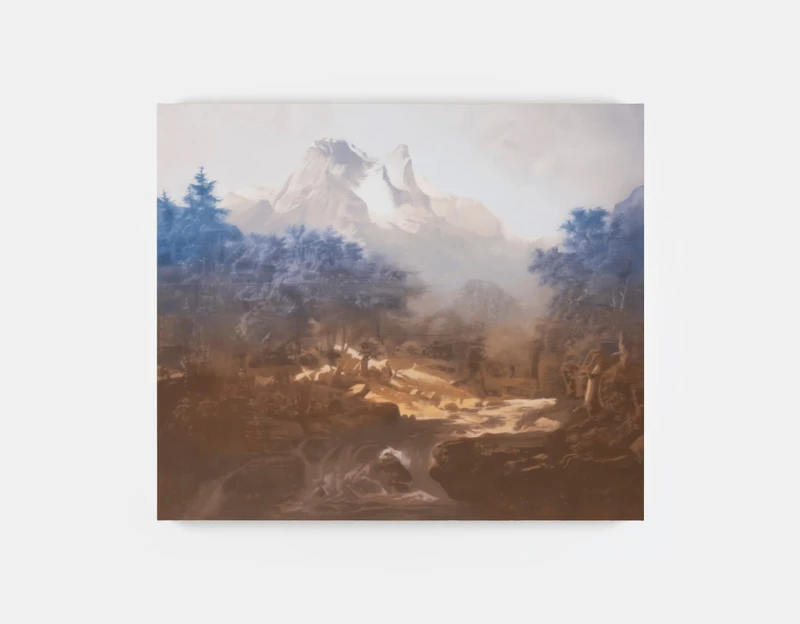Paul Winstanley


b. 1954, United Kingdom
Paul Winstanley is an artist whose career spans five decades, celebrated for his paintings of ‘semi-public spaces’ that make sense of the experience of seeing. The artist captures environments in which time is suspended, including waiting rooms, lobbies, or art schools emptied during the summer break; thresholds, including veils, windows and corridors; and reflective spaces, like art museums, whitewashed churches and mountainous landscapes. Initially trained as an abstract and minimalist painter in the 1970s, Winstanley reversed the usual trend of 20th-century artists by moving towards a more representational practice. Yet his approach to figuration absorbs the language of minimalism, continuing to explore the elemental qualities of light and space, and their relationship to the object. Bringing this contemporary approach to the ostensibly traditional genres of landscape, interior, still life and figure, Winstanley creates conceptually rigorous work in which the relationship between the viewer and the painting is central. Winstanley looks towards the history of Northern European painting, from the quiet intimacy of Vermeer to the romanticism of Caspar David Friedrich, as well as more conceptual figures like Richard Hamilton, using harmony and pictorial organisation as well as more deconstructionist techniques – abstracting or degrading images from their original source – to render them anew.
Paul Winstanley lives and works in London.